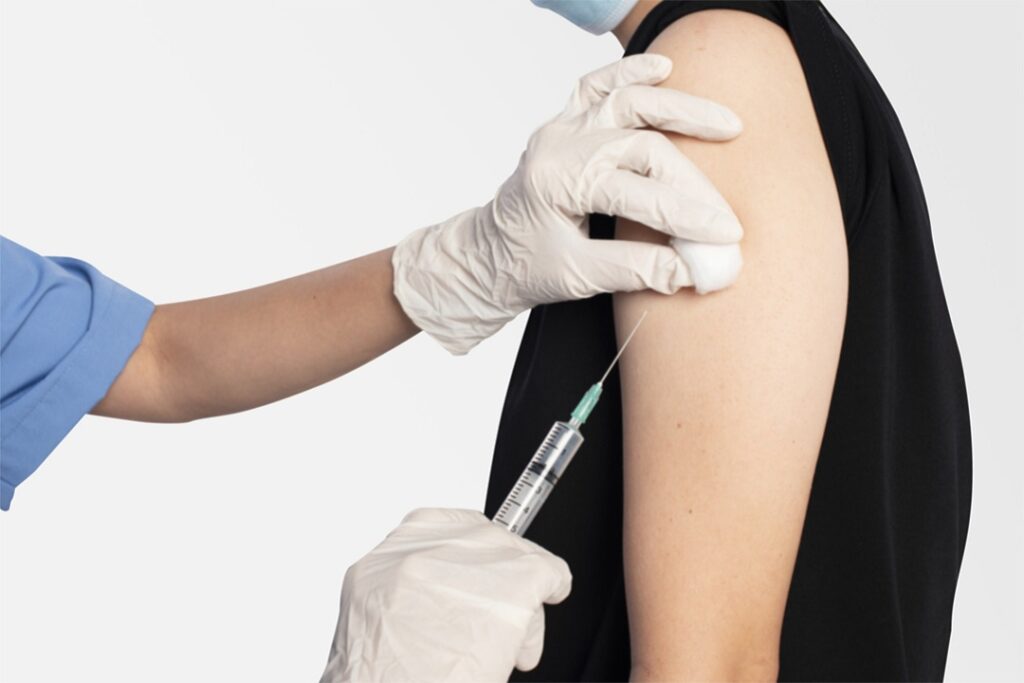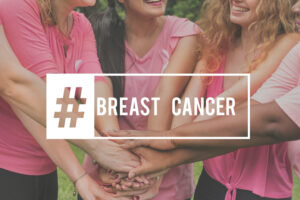
Breaking Myths about Breast Cancer: Facts every woman should know
Breast cancer is one of the most common cancers affecting women worldwide. Despite advancements in research, treatment, and awareness, several myths and misconceptions still surround this disease. These myths often lead to unnecessary fear, delayed diagnosis, or misinformed decisions. Let’s break down some common myths and uncover the facts every woman should know.

Myth 1: Breast cancer only affects older women.
Fact: While age is a risk factor, breast cancer can affect women of any age. Although the likelihood increases as you grow older, young women in their 20s and 30s can also develop breast cancer. Regular self-examinations and awareness of family history are vital for early detection.
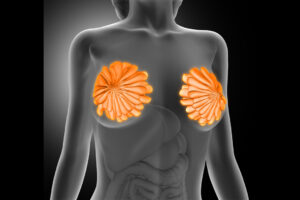
Myth 2: A lump in the breast always means cancer.
Fact: Not all breast lumps are cancerous. Many lumps turn out to be benign like cysts or fibroadenomas. However, any lump in breast should be evaluated by a healthcare professional to rule out malignancy. Early detection can make a significant difference in treatment outcomes.

Myth 3: Breast cancer is always hereditary.
Fact: Only about 5-10% of breast cancer cases are linked to genetic mutations, such as BRCA1 or BRCA2. The majority of cases occur in women with no family history of the disease. Lifestyle, environmental factors, and aging are more common contributors.
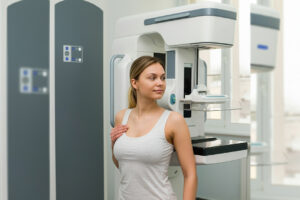
Myth 4: Mammograms can cause cancer.
Fact: Mammograms involve low doses of radiation, which are not harmful. The benefits of early detection far outweigh any minimal risks. Women over 40 are advised to undergo regular annual mammogram.

Myth 5: Wearing a bra or using deodorants increases risk.
Fact: No scientific evidence links wearing underwire bras or using deodorants to an increased risk of breast cancer. These claims are based on misconceptions and misinformation. One should focus on proven risk factors, such as maintaining a healthy weight and reducing alcohol intake.
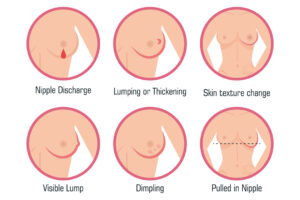
Myth 6: Breast cancer is always visible through symptoms.
Fact: Breast cancer can be silent in its early stages, showing no obvious symptoms. This is why regular screenings like Mammogram and Clinical Breast Examinationis crucial. Do not wait for visible signs to take action.
Myth 7: If you have no symptoms, you don’t need screening.
Fact: Breast cancer can develop silently without noticeable symptoms. Routine screenings help detect cancer early, often before it can be felt or cause symptoms. Early-stage detection improves the chances of successful treatment and recovery.
Myth 8: Men cannot get breast cancer.
Fact: Although rare, men can develop breast cancer. It accounts for less than 1% of all breast cancer cases. Men should also be aware of changes in their breast tissue and consult a doctor if they notice anything unusual.
Myth 9: Healthy lifestyle guarantees prevention
Fact: While a healthy lifestyle can significantly reduce the risk, it does not eliminate the possibility of developing breast cancer. Regular screenings, self-exams, and awareness of family history remain essential for all women.

Myth 10: Breast cancer always requires mastectomy.
Fact: Treatment plans are highly individualized. Many cases can be treated with breast-conserving surgery (lumpectomy), radiation therapy, or other approaches. Advances in treatment have made it possible for many women to avoid mastectomy altogether.
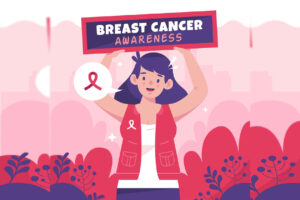
What every woman should do
- Know your normal: be familiar with how your breasts look and feel. Perform regular self-exams and report any changes to your doctor.
- Stay proactive: schedule routine screenings and follow medical guidelines based on your age and risk factors.
- Educate yourself: knowledge is your best defense. Understand risk factors, symptoms, and available treatments.
- Seek support: if diagnosed, remember you’re not alone. Reach out to support groups and healthcare professionals for guidance.


